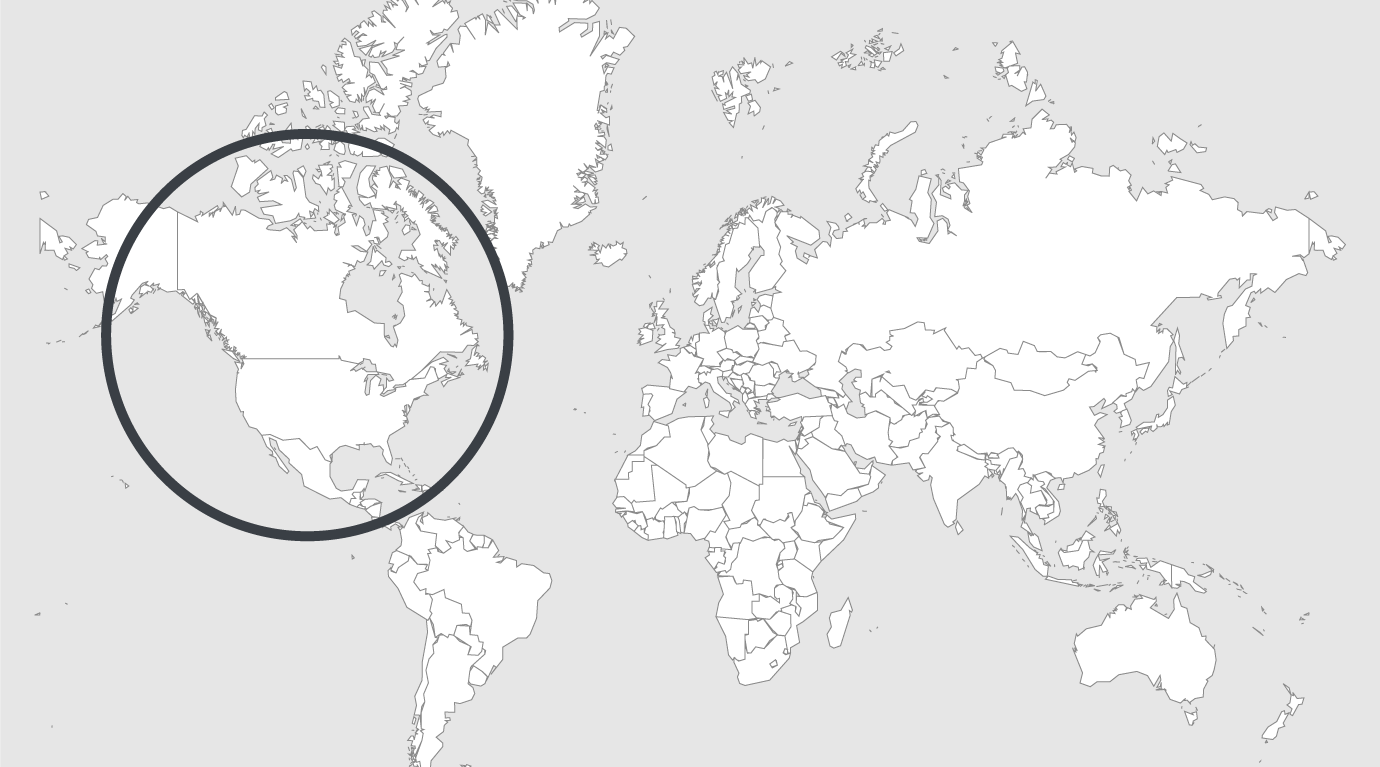
Explore
USA: female incarceration reveals a cruel and broken justice system
Netflix’s new docuseries Girls Incarcerated offers a window into the day-to-day experiences of female teens doing time at a Department of Corrections facility in Indiana.
The show reveals the isolation and hardships these girls experience, both inside and outside of the prison. Inside, with daily routines under constant supervision and the only entertainment stemming from interpersonal drama — fueled by short fuses and too much down time – one of the girls likens it to “high school times 1,000.”
During the show, the girls also share their heart-breaking stories of what they experienced on the outside. Their stories eerily echo each other in terms of references to abuse, neglect, exposure to violence and attempts at self-harm. Girls Incarcerated brings us face to face with the harshest reality of the United States juvenile justice system — that these troubled teens are the girls we incarcerate.
Although boys are disproportionately represented in juvenile and criminal proceedings, girls are the fastest-growing segment of the juvenile population and are often in the system for reasons very different from boys.
A groundbreaking report released in 2015 unearthed a “sexual abuse to prison pipeline,” revealing that being sexually abused is a “primary predictor” for involvement with the justice system, particularly for girls of color. The report found that 93 percent of Oregon girls and 81 percent of California girls in the juvenile system were sexually or physically abused before they were locked up, and that across the country, nearly 40 percent of girls in the juvenile system had been sexually assaulted prior to incarceration.
Through data and story-collection, the report also revealed that many girls become entangled in the juvenile system because they were victimized — for example, when police arrest girls for running away from an abusive household or charge girls too young to legally consent to sex with “soliciting” adult men.
History also reveals a disturbing double-standard at play that puts these troubled girls at greater risk of being incarcerated. Early legal thinking developed different definitions of delinquency for girls and boys. While boys were considered delinquent when they violated laws, girls were considered delinquent for general “immorality,” which included using profanity and going to saloons.
In direct reflection of that historical discrimination, girls today are still sent to the delinquency system for less-serious offenses than boys. Nearly 40 percent of girls detained in juvenile facilities are there because of status offenses – acts only considered legal violations for persons under 18 – compared with just 25 percent of boys. The most common status offenses are running away and truancy, behaviors that are strong indicators of underlying issues at home or school.
Girls are also more likely than boys to be detained for longer periods and placed in more restrictive environments than they otherwise would be — often due to a lack of beds.
In Girls Incarcerated, the girl who has been there the longest, Najwa Pollard, had been eligible for release for months but was stuck in detention because there was no family or community available to take her. Najwa’s story struck a chord with viewers, prompting an outpouring of folks on social media offering to adopt her and donating to fund her education. In response, a former counselor at the facility reminded viewers that “there are other faceless, nameless kids in your communities.”
Read full article
